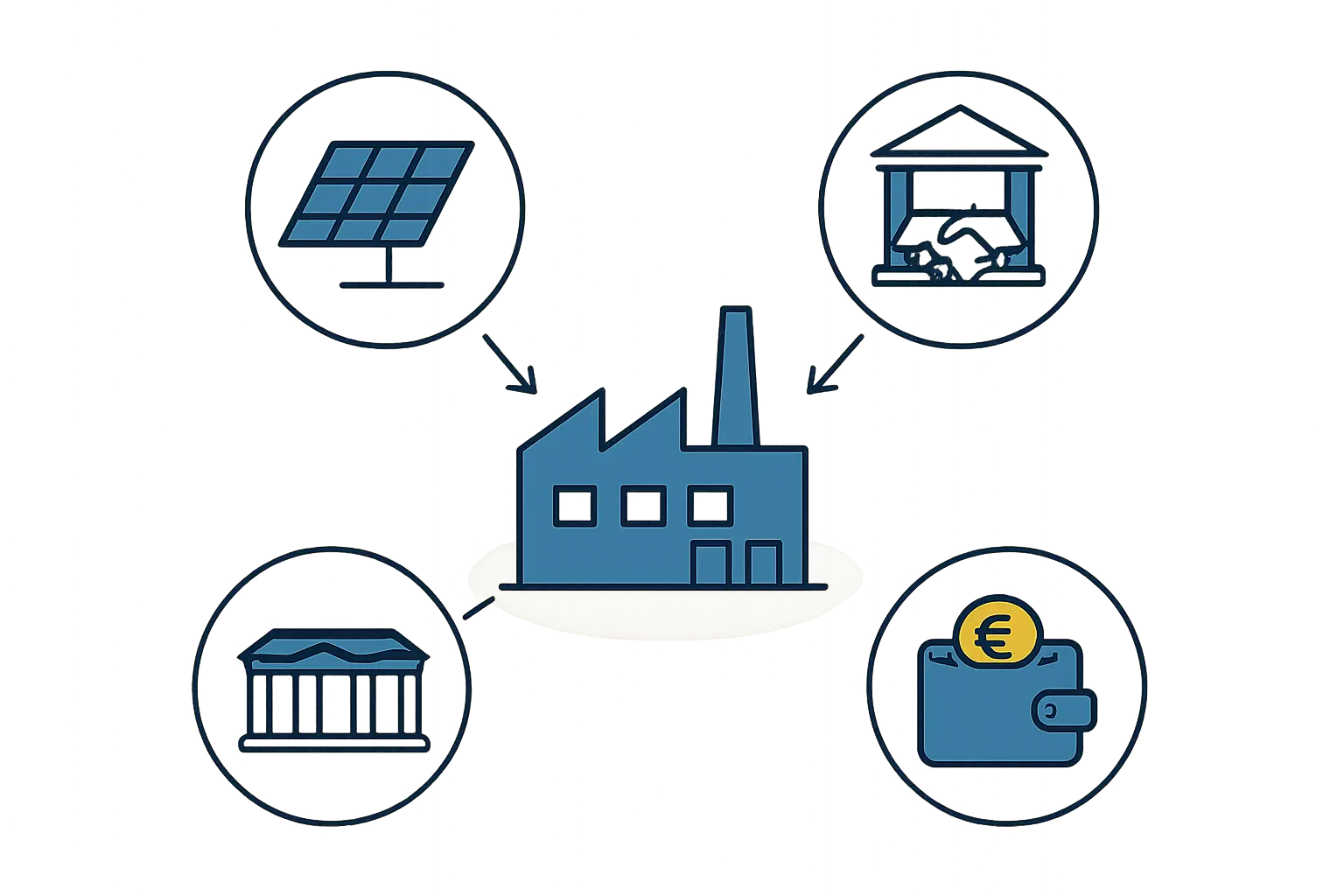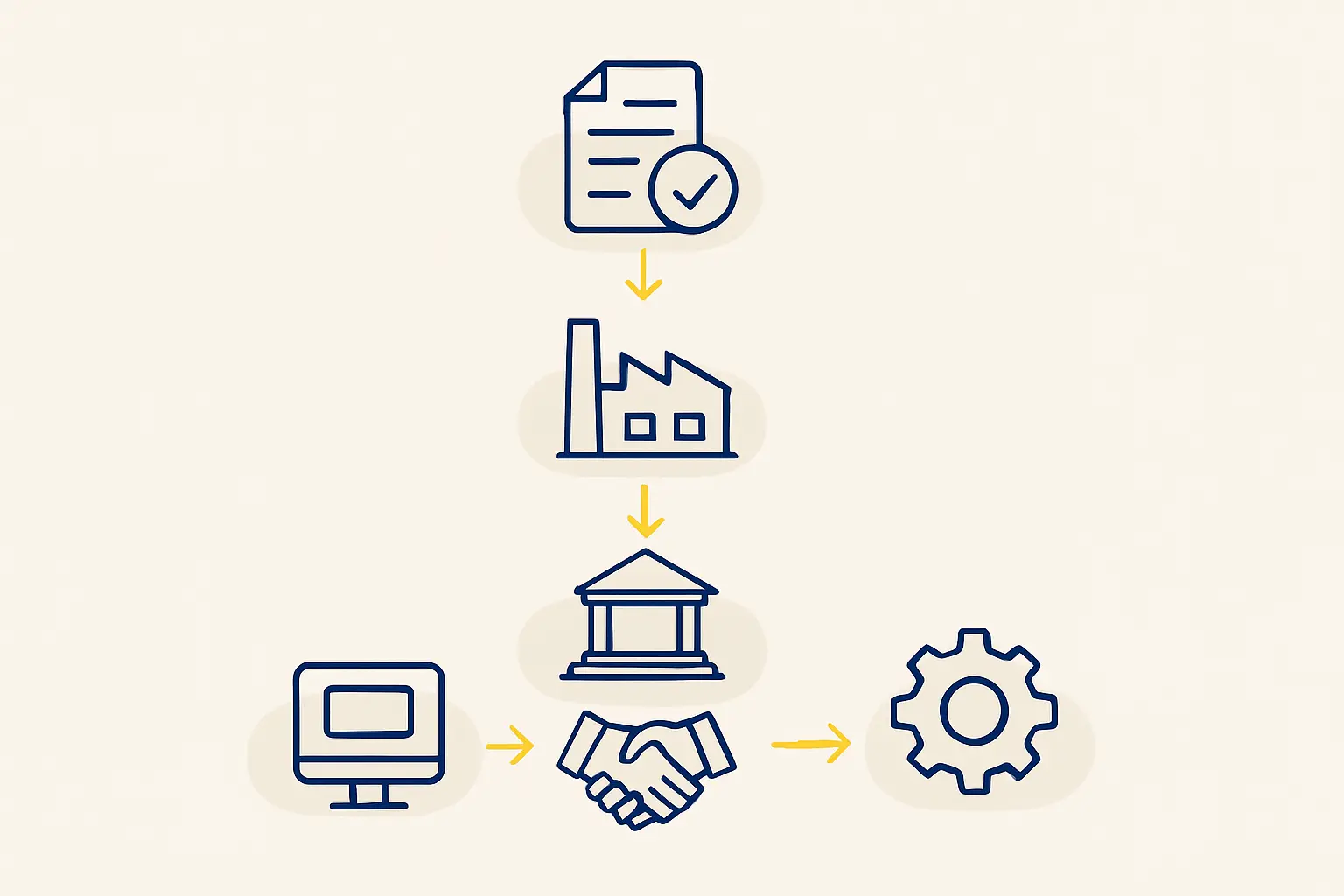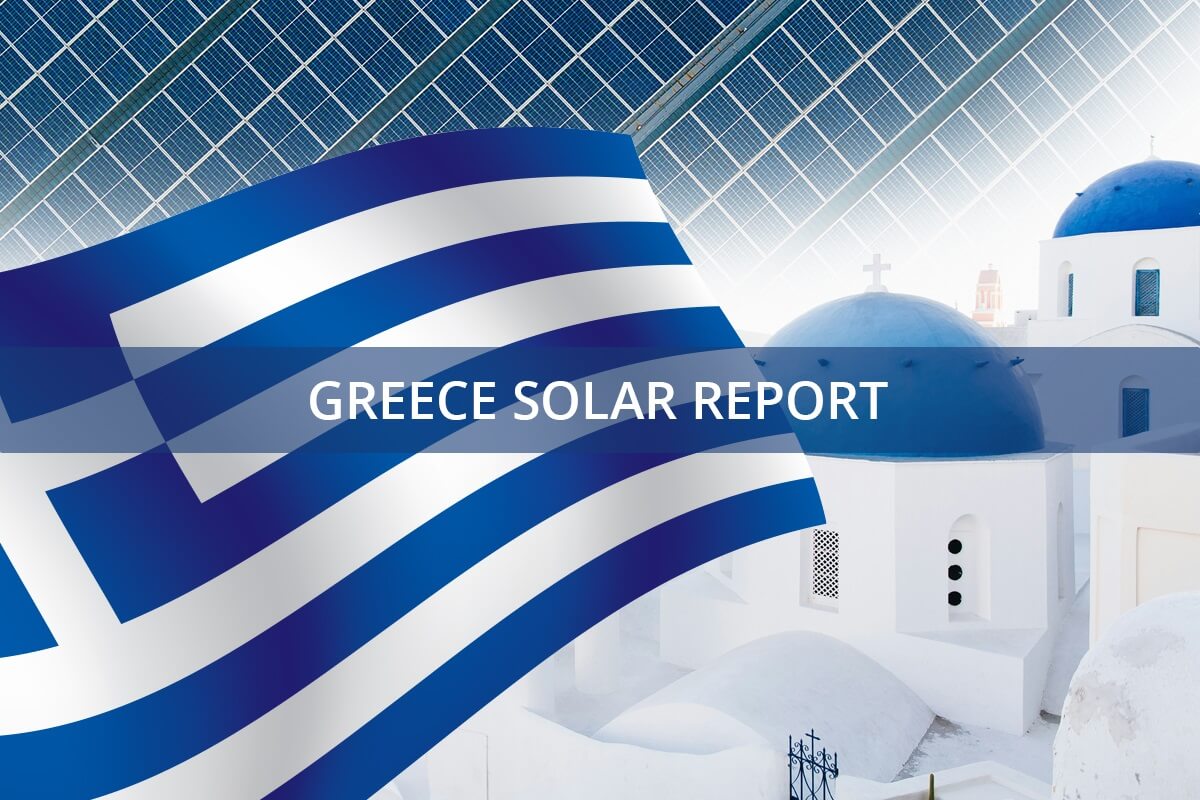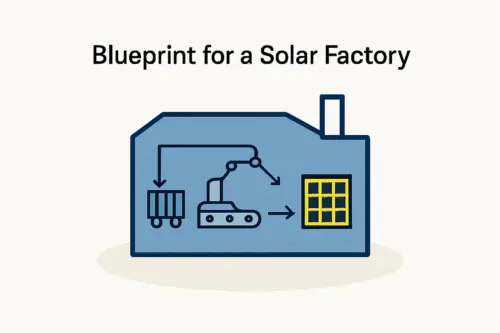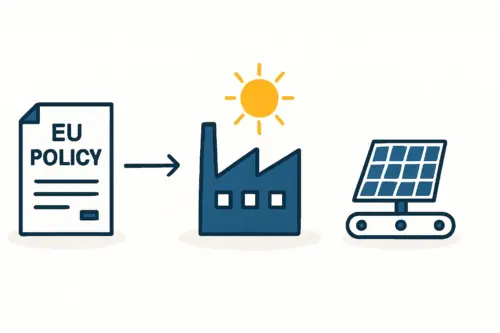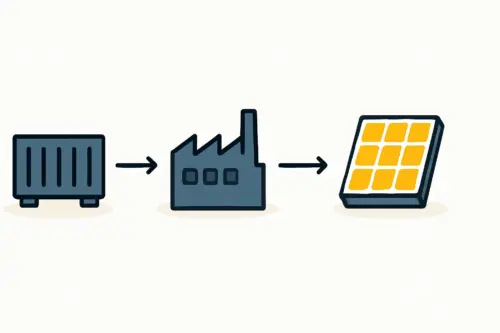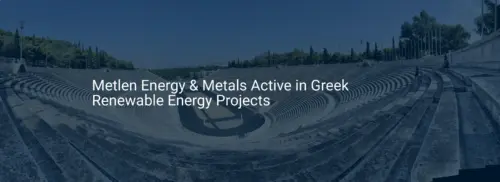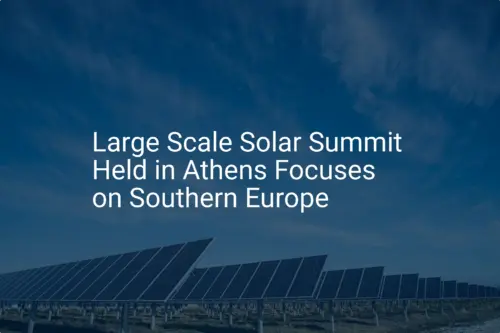Many business leaders see the immense potential in renewable energy but hesitate at the complexity of entering the market. Imagine establishing a state-of-the-art solar manufacturing facility in Europe, backed by significant government incentives, yet feeling uncertain about how to navigate the intricate funding landscape. It’s a common scenario for entrepreneurs exploring new ventures.
Greece, through its ‘Greece 2.0’ plan, offers a structured pathway for these investments. This guide provides a clear, step-by-step overview of accessing these funds, designed for business professionals who may not have a background in solar technology or EU financial instruments.
Understanding the ‘Greece 2.0’ National Recovery and Resilience Plan
At its core, ‘Greece 2.0’ is the country’s strategy for deploying funds from the European Union’s Recovery and Resilience Facility (RRF). This large-scale financial instrument was designed to help EU member states recover from the economic and social impact of the pandemic while accelerating their green and digital transitions.
The Greek plan, with a budget exceeding €30 billion, is built on four main pillars:
-
Green Transition: This is the most relevant pillar for aspiring solar manufacturers, allocating substantial resources to renewable energy sources, energy efficiency, and sustainable industry.
-
Digital Transformation: Focuses on upgrading digital infrastructure and skills.
-
Employment, Skills, and Social Cohesion: Aims to modernize the labor market and social support systems.
-
Private Investment and Economic Transformation: Seeks to improve the business environment and attract strategic investments.
For entrepreneurs in the solar sector, this means a proposal for a new solar module manufacturing plant aligns directly with the ‘Green Transition’ pillar’s primary objective. The Greek government is actively seeking to build domestic manufacturing capacity to enhance energy security and meet climate targets, making these projects highly strategic.
Key Eligibility Criteria for Solar Manufacturing Projects
While the opportunity is significant, access to funding is governed by specific criteria to ensure that supported projects are viable, sustainable, and aligned with national goals.
Ready to make big Profits?
The solar Industry is Booming
WE HELP NEWCOMERS to the solar industry start their own solar module production line. Customers can make BIG PROFITS by selling modules and finding investors, without wasting money and time on things they don't need!
Company Status and Financial Health
Applicants must be registered legal entities, either established in Greece or willing to establish a Greek subsidiary. The business must demonstrate sound financial standing and the capacity to co-finance a portion of the project, as the RRF does not cover 100% of costs and requires a commitment from the private investor.
Project Scope and Impact
The proposed project must be substantial and impactful, which often translates to minimum production capacity targets, such as a 20 MW or 50 MW annual output. The plan must clearly articulate how the project contributes to Greece’s green economy—for instance, by creating jobs, reducing reliance on imported energy products, or introducing innovative manufacturing technologies.
Alignment with Strategic Goals
A successful application will demonstrate a clear understanding of Greece’s strategic advantages, including its high levels of solar irradiation and its geographical position as a logistical gateway to markets in Southeast Europe, the Middle East, and North Africa. The project must also adhere to the EU’s “Do No Significant Harm” (DNSH) principle, ensuring its operations do not negatively impact environmental objectives.
The Application Process: A Step-by-Step Breakdown
Navigating the application process requires a methodical approach. While specific details may change, the general pathway follows a clear sequence.
Step 1: Preliminary Assessment and Business Plan Development
This initial phase is critical. It involves developing a comprehensive business plan that outlines your entire solar factory project. This document is the foundation of your application, covering market analysis, technical specifications of the production line, financial projections, and the management team’s expertise. Underestimating the level of detail required here is a common reason for delays.
Step 2: Submission via the Official RRF Portal
Once the business plan and supporting documents are ready, the formal application is submitted through Greece’s designated online portal. This platform, often managed by the Ministry of Finance or a specialized agency, is the single point of entry for all RRF proposals.
Step 3: Evaluation and Due Diligence
After submission, the proposal undergoes a rigorous evaluation. This multi-stage review is typically conducted by government experts and collaborating financial institutions, such as commercial banks. They assess the project’s financial viability, technical feasibility, and alignment with ‘Greece 2.0’ objectives.
Step 4: Approval and Funding Disbursement
If the project is approved, a formal funding agreement is signed. The funds, which may be a combination of grants and low-interest loans, are disbursed in tranches tied to achieving specific project milestones, such as building completion, equipment installation, or first production.

